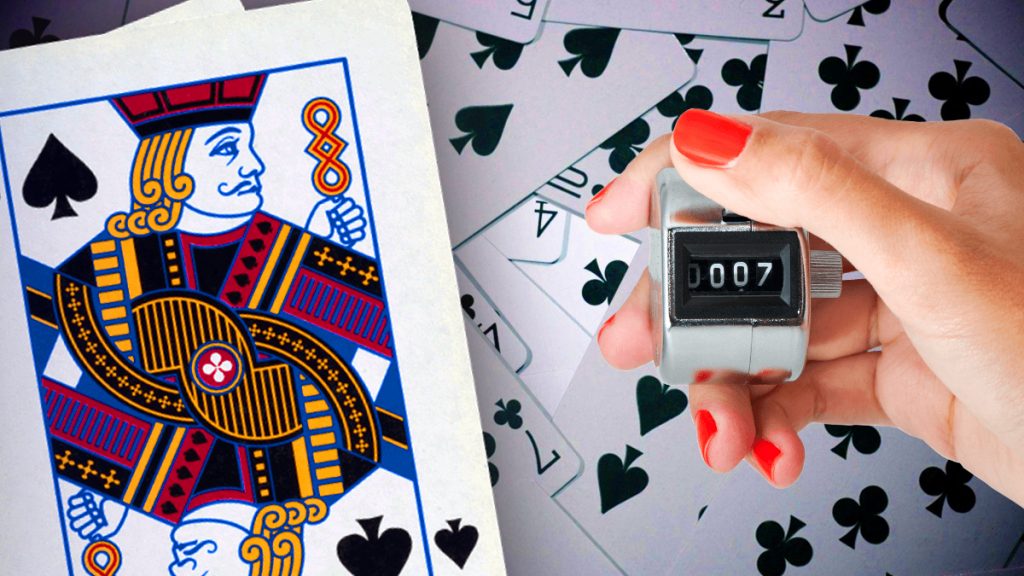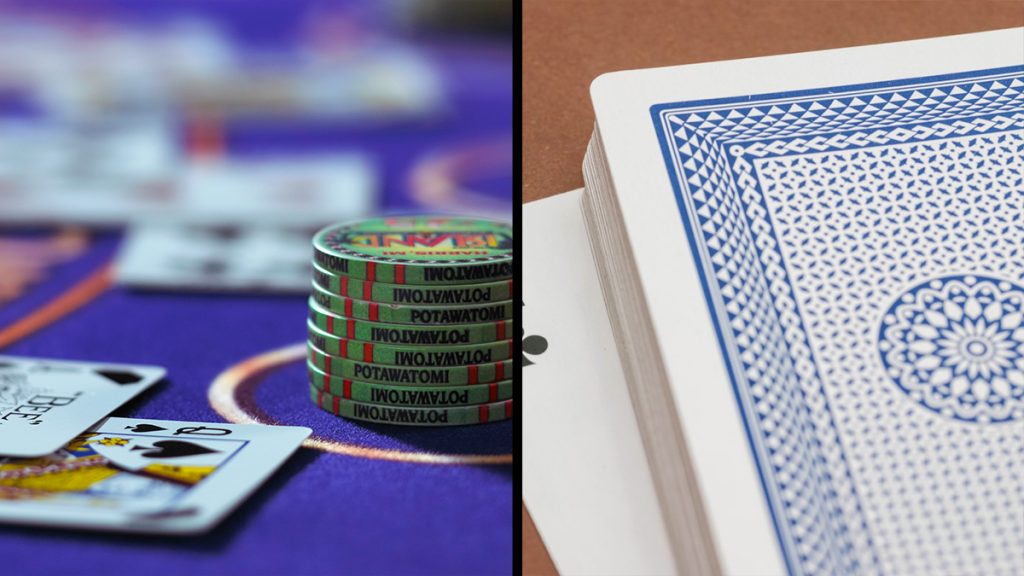This technique consists of dividing the cards into three groups: positive, negative and neutral.
- Low cards 2, 3, 4, 5 and 6 are worth +1 point because they are more beneficial to the player.
- Cards 7, 8 and 9 are neutral because they do not affect the player’s odds and therefore count as 0 points.
- High cards 10, J, Q, K and A, are counted as -1 because if they are dealt and not still in the deck they are less favourable to the player because they give the house advantage.
When the result of the count is negative you have to bet less and when it is positive you have to bet more of your stake.
CURIOUS FACT

Edward O. Thorp was the first to talk about card counting in his 1962 book Beat the Dealer.
I have explained how the most basic system of card counting works, but don’t forget that in this case we are talking about a game with only one pack of cards.
There are differences in the initial card count and the actual card count when there is more than one deck.
To do the actual card count when there are multiple decks you have to do the following: you divide the result of the current count by the number of remaining decks.
Let’s see an example if your current count is +8 and the estimated number of decks is 4. Divide 8 by 4 and your true count is +2. If the result is not an exact number such as +1.65, then just round it to 2 to keep things simple.
Types of strategies

What I have explained is the Hi-Lo or High-Lo or High-Low counting technique, but you know that there are other ways of counting cards in blackjack as well. We are not going to talk about these different card counting strategies in this article because most of them are very complex and difficult especially if you are a beginner and you are just starting to learn this method.
The Hi-Lo system is very efficient and if done correctly will give you good results. Besides, why not use the same system that has brought so much success to the famous team of MIT (Massachusetts Institute of Technology) students?



